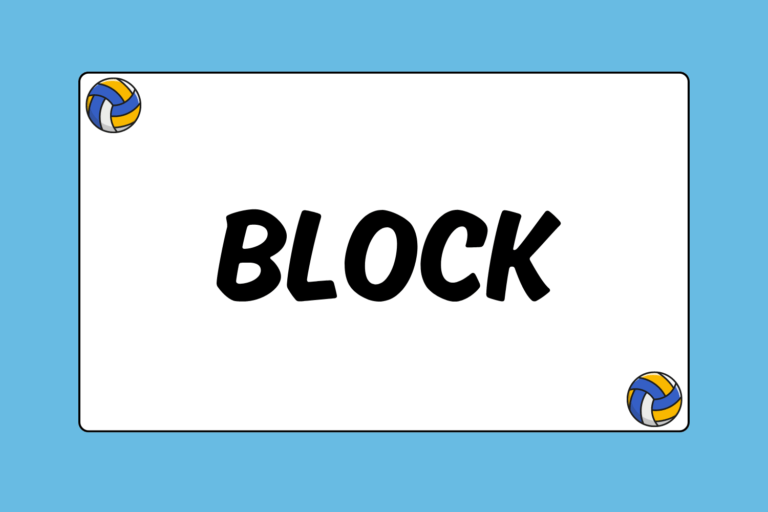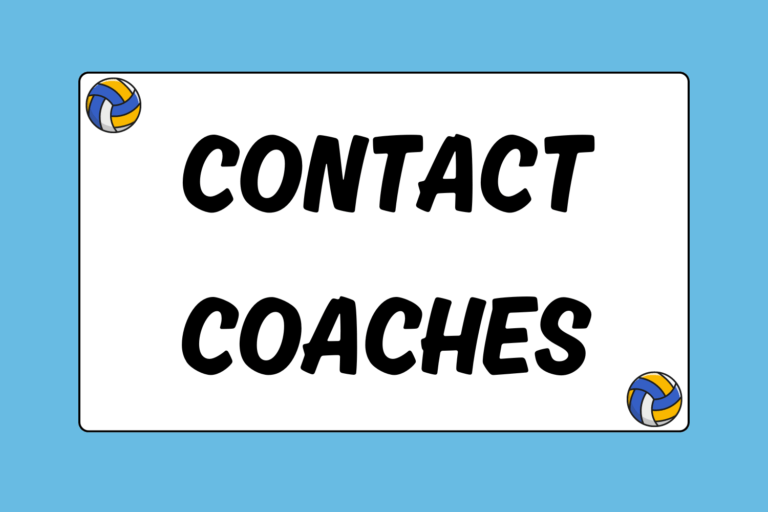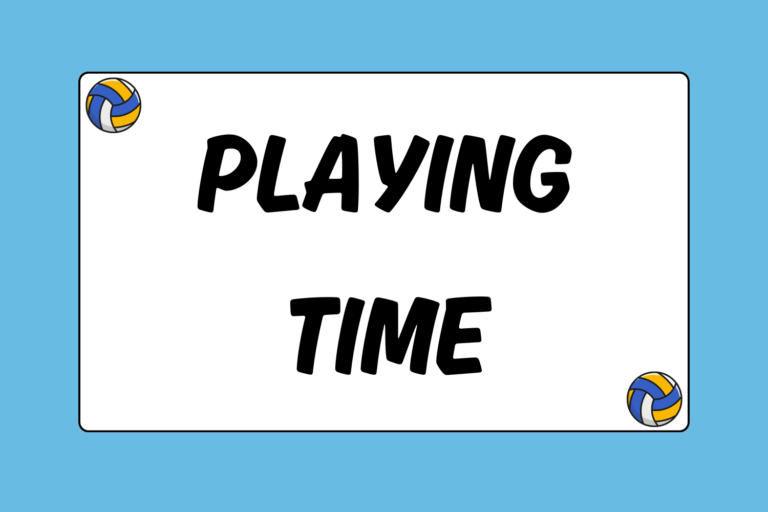Predictability is the nemesis of all hitters. Watch an elite defender in action and you’ll notice that more often than not, her gaze is fixed on opposing hitters. Studying the hitter allows the defender to derive information about where the opponent plans to hit the ball. For example, if a hitter drops the elbow while swinging, chances are she won’t be able to hit the ball straight down. Or if a hitter has certain tendencies (for example, she always tips the ball on a tight set), the defender can use that information to adjust accordingly.
Because plays happen quickly in volleyball, defenders often don’t have much time to react once the ball is hit. That’s why good hitters need to have a diverse array of offensive weapons at their disposal. Therefore, it’s important to master and utilize as many of the techniques described below to keep your opponents on their toes at all times.
Open Hand Tip
The tip is an important tool for all hitters because it allows a hitter to expose the holes in the defense close to the net. Once the ball gets past the block, there are only three defenders left to cover the rest of the court. That’s ninety square feet of hardwood to defend; bad news for the opponent, but great news for you! If you see an open spot on the court, a quick open hand tip can mean an easy point.
The Roll Shot
This hit is similar to a change-up pitch in baseball: The goal is to trick the defender into thinking you’re bringing the heat, but at the last second trick them with the off-speed ball. To hit a roll shot you must make contact slightly underneath the ball and then quickly snap the wrist. This wrist snap is key to executing the roll shot because it creates the top spin. The more top spin, the quicker the ball will drop.
Mental Edge
Because the roll shot is most effective when the opponent believes a hard-driven attack is on the way, deception is of the utmost importance. So remember to keep your approach speed and arm speed consistent until the last possible second.
Cut Shot
Also referred to as a “hard angle” hit, the goal of this type of offensive attack is to hit across your body in the direction diagonally opposite your shoulder. The cut shot will generally land either on or before the attack line. Because this can be an extremely difficult maneuver, many defenses aren’t designed to stop cut shots. So if you can work this weapon into your offensive arsenal, you’ll have a huge advantage on the defense.
To hit the cut shot, contact the ball on the side and snap the wrist immediately. The thumb of your hitting hand should be pointed toward the sky during contact, with the fingers spread.
Line Shot
If a coach tells you to “hit line,” they want you to hit the ball straight ahead, as opposed to diagonally across the body. A line shot ideally travels parallel along the sidelines. The ability to do this is extremely useful, as there are usually a lot of opportunities for kills “down the line.” However, hitting down the line can be risky because the target isn’t very big. This means the slightest mistake in technique or aim could easily result in a hitting error.
The key to hitting the traditional line shot is to approach it so your body is in line with the ball; this means the shoulders should be facing straight ahead towards the net (not angled). Contact must be made directly in the center of the ball, and the follow through should be straight down to the side of the body.
Go for the Kill
Mastering the attacks outlined above will give you options as a hitter, and options are the best weapons a hitter can possess. So grab your shoes, head over to your nearest court, and get to work. The sooner you expand your hitting arsenal, the sooner you’ll be racking up the kills.





